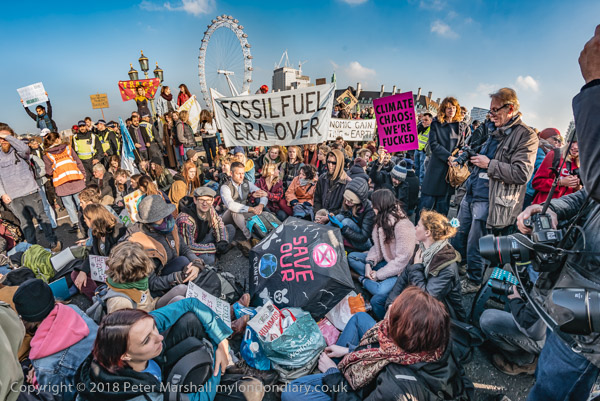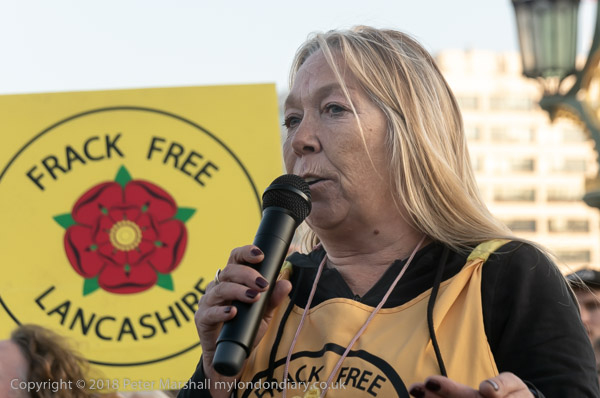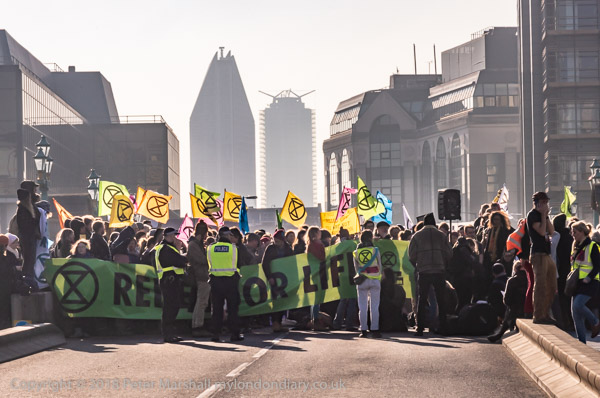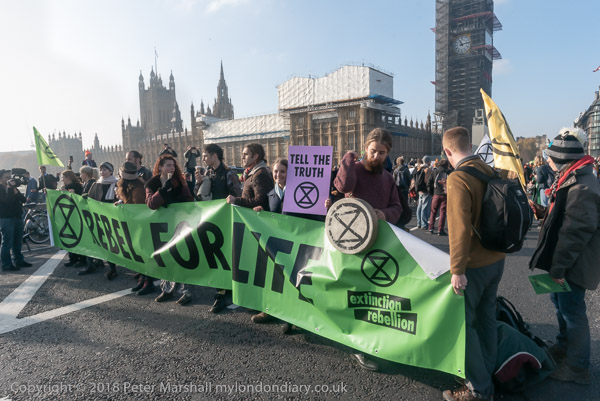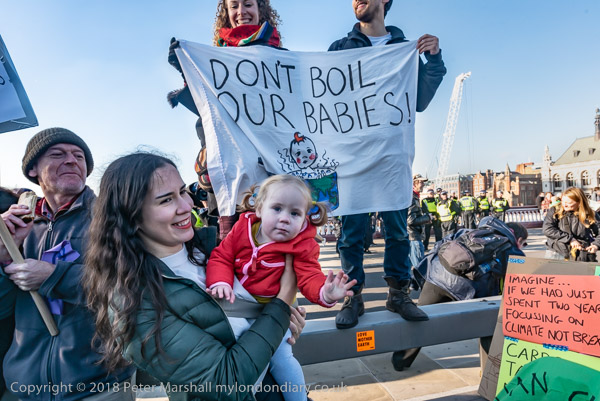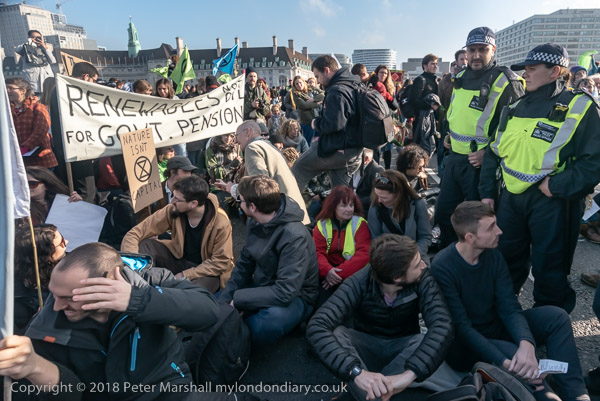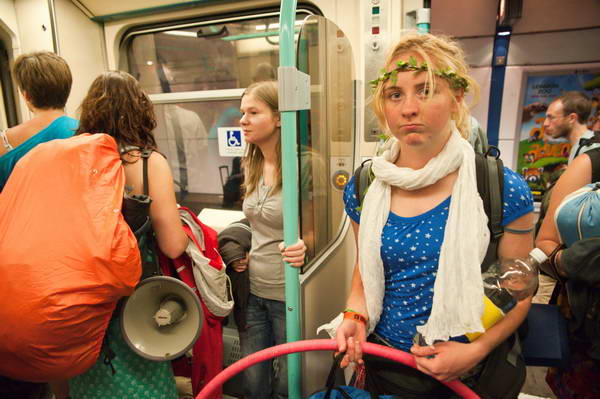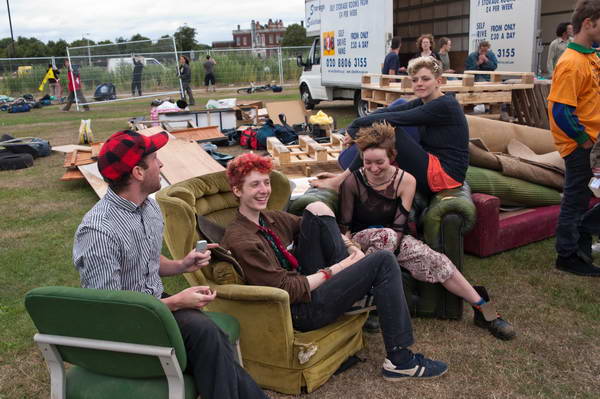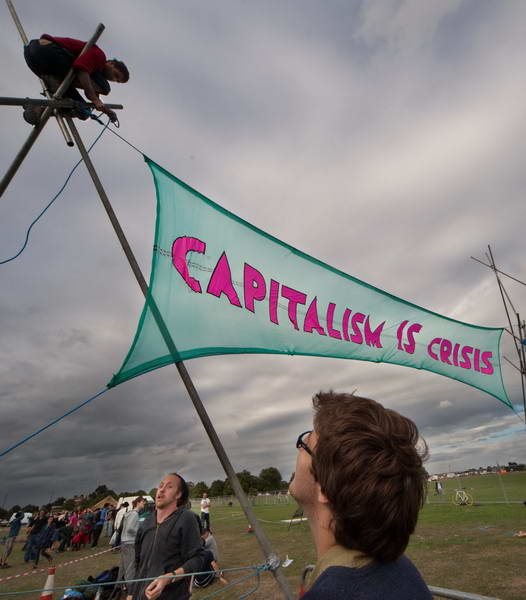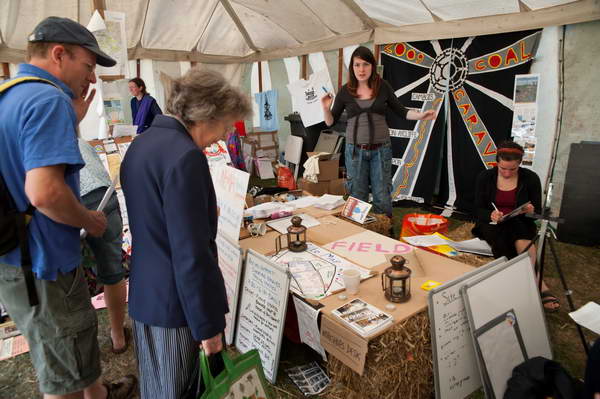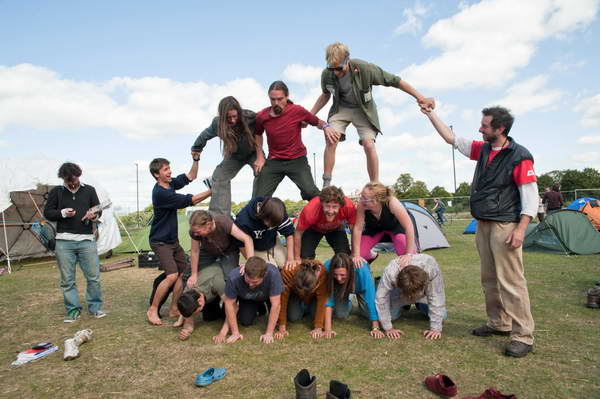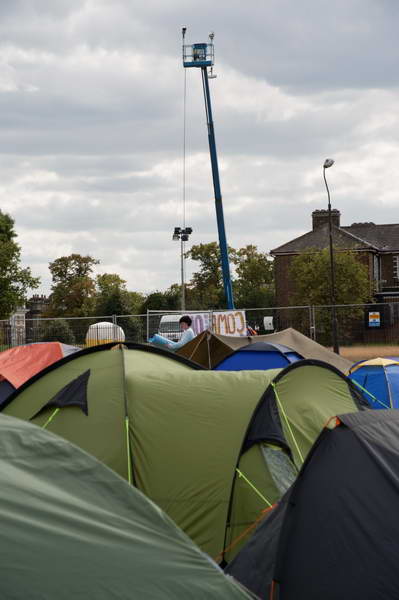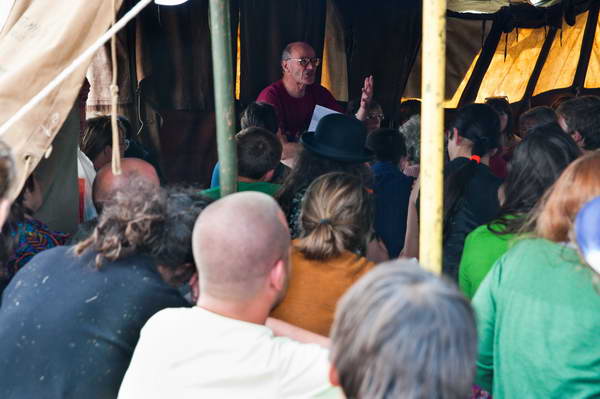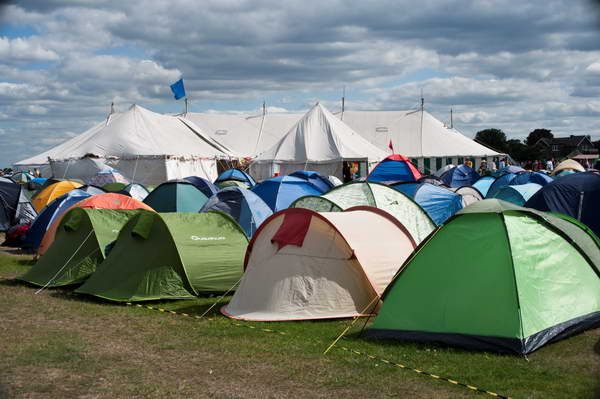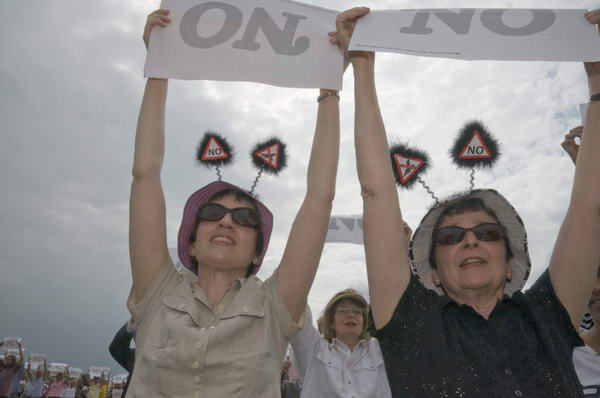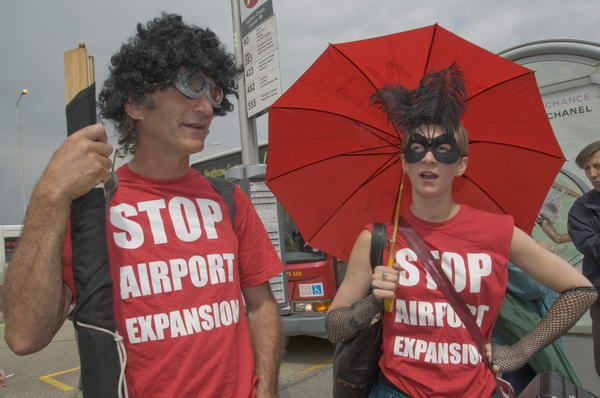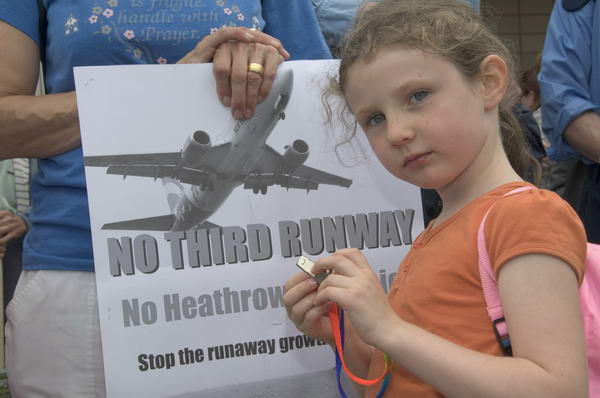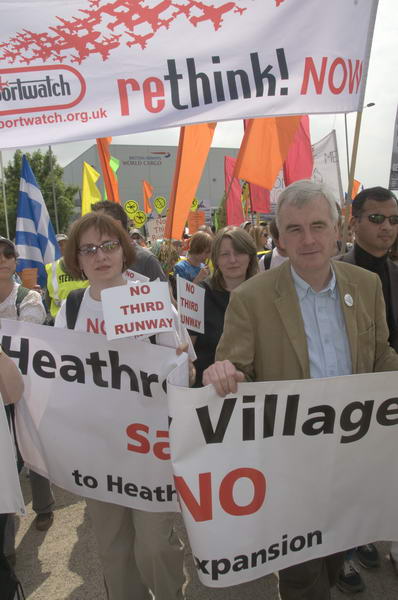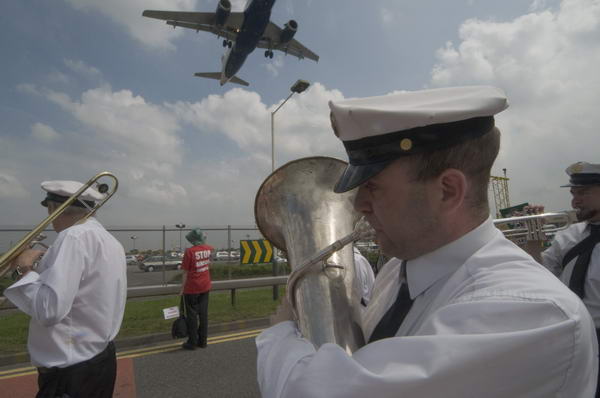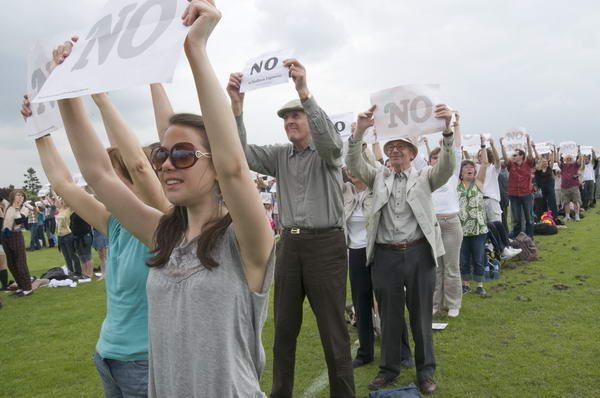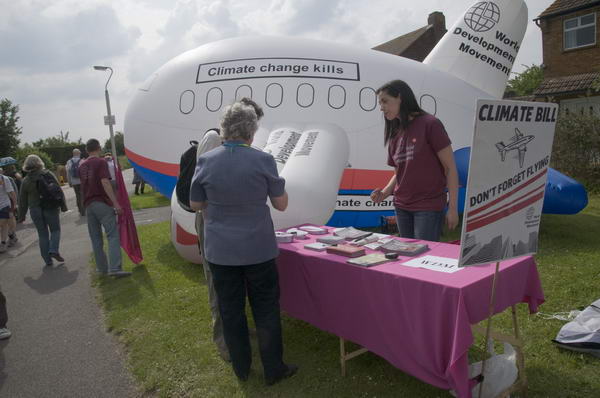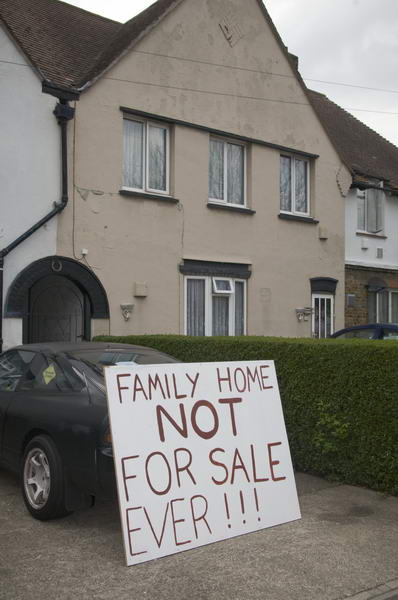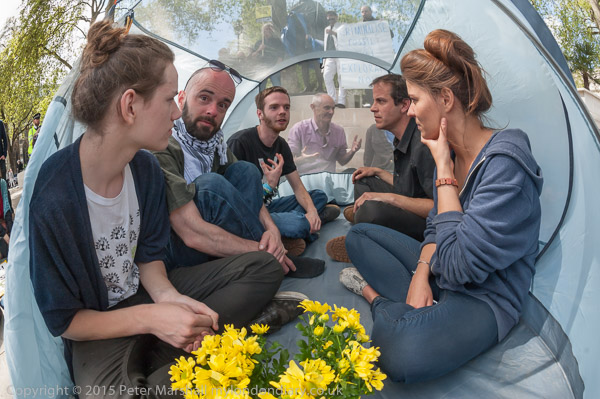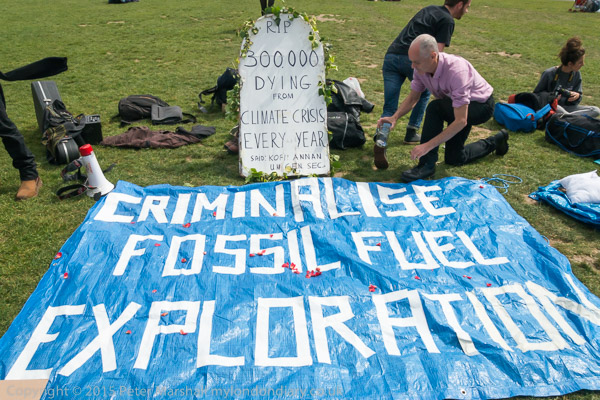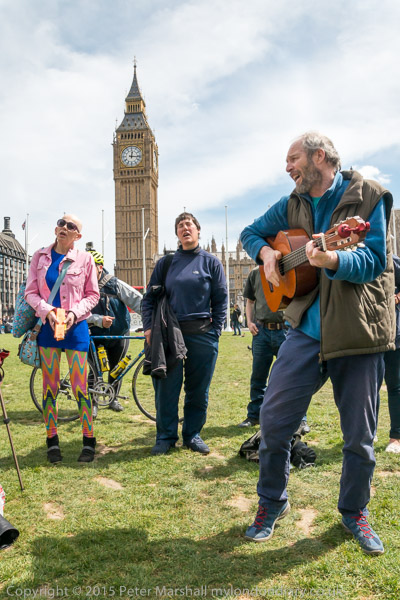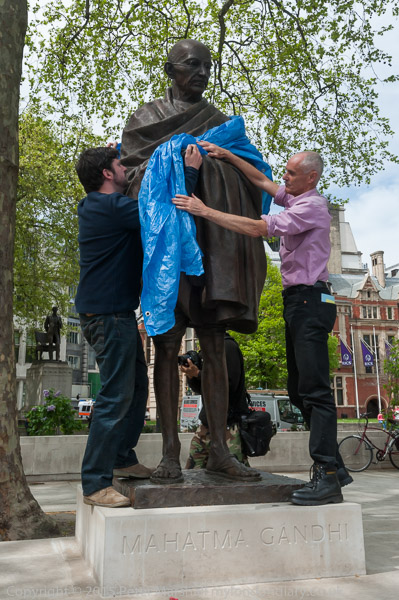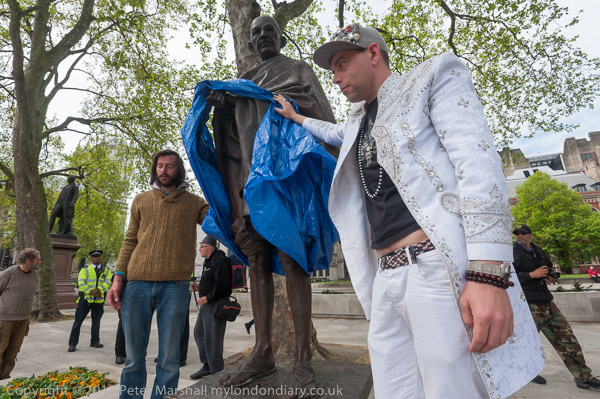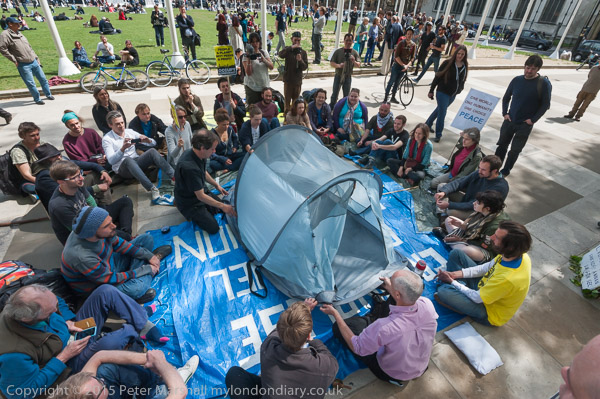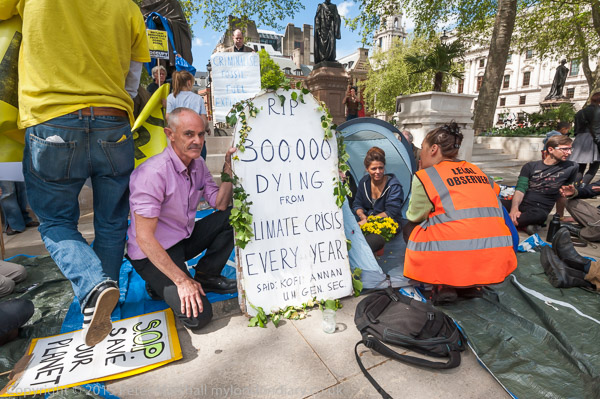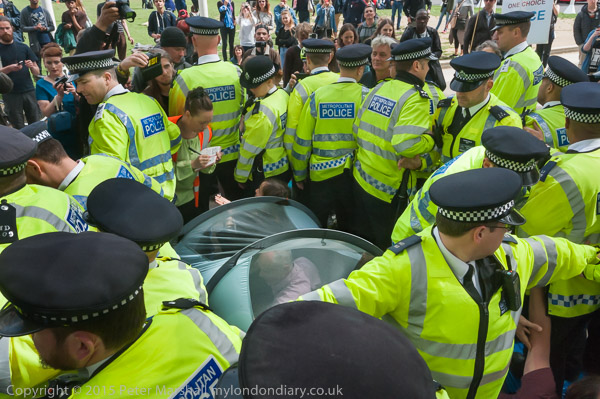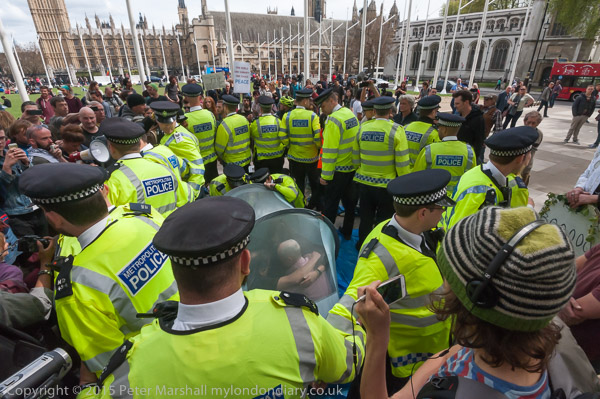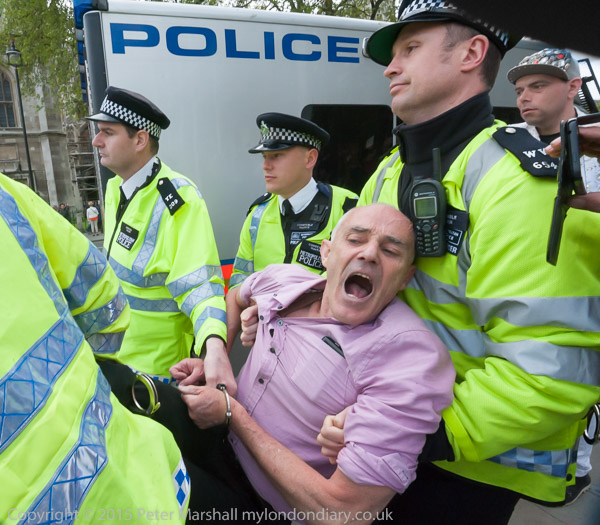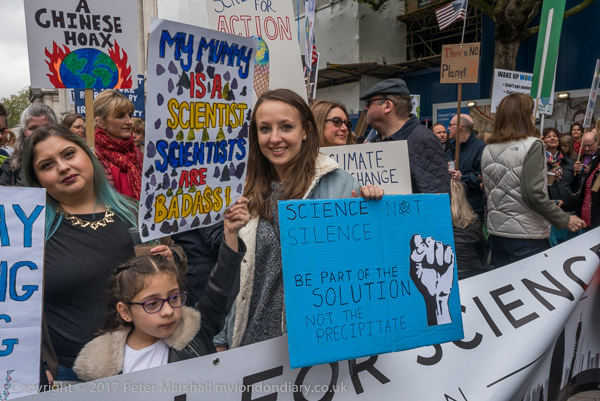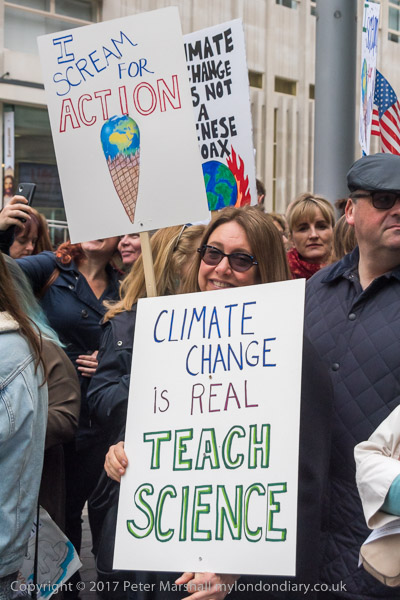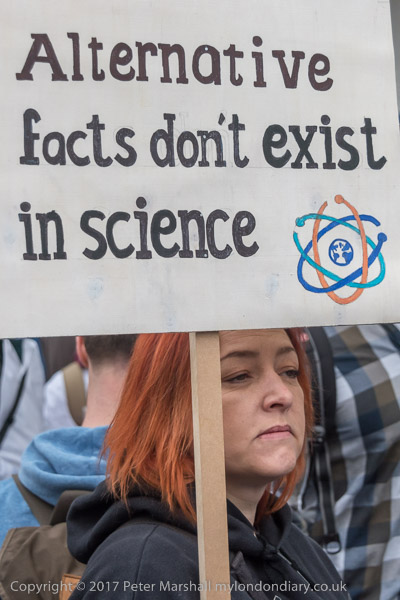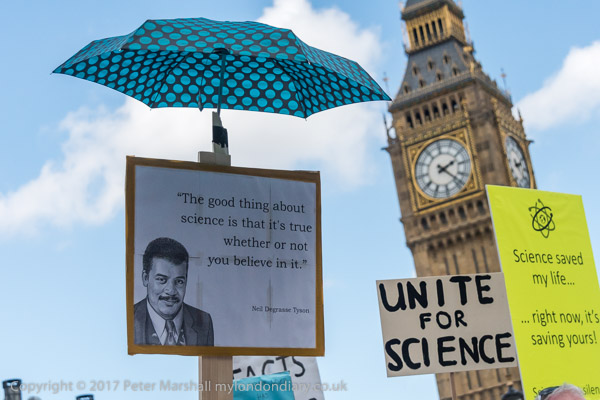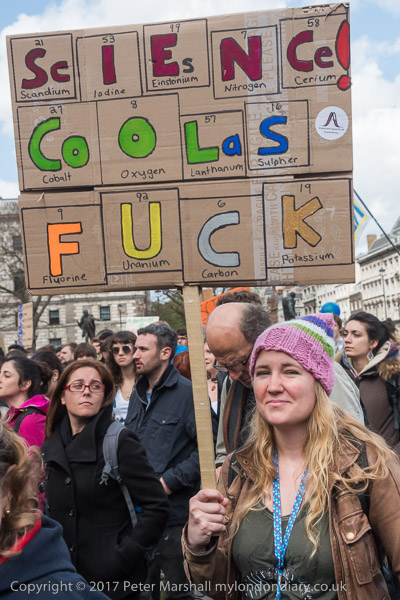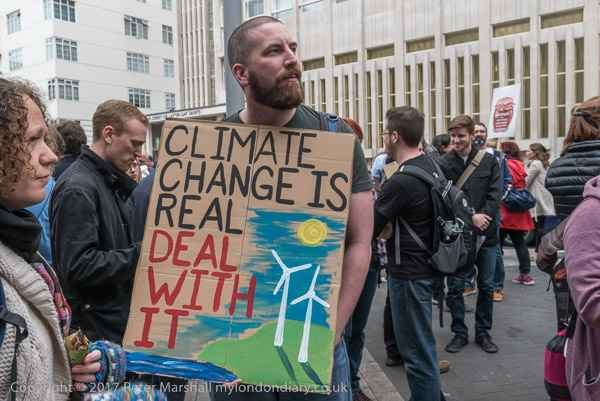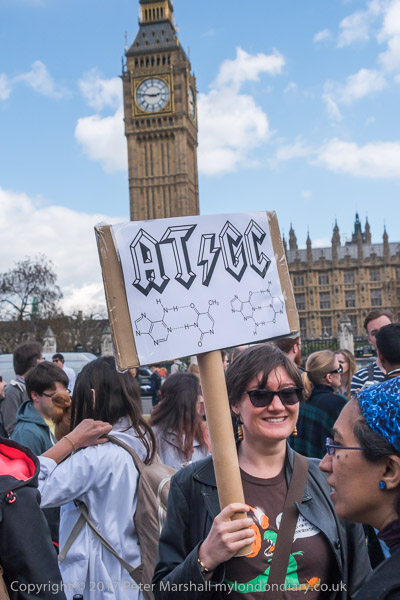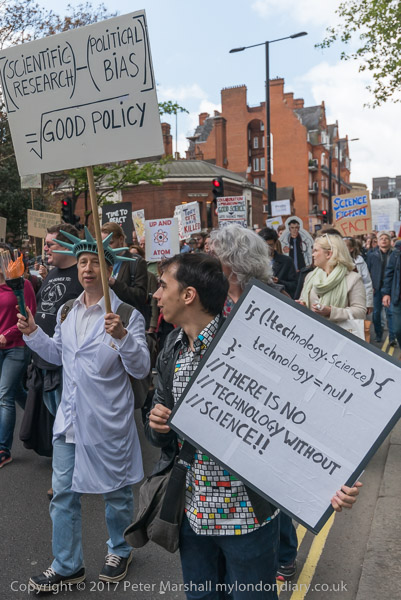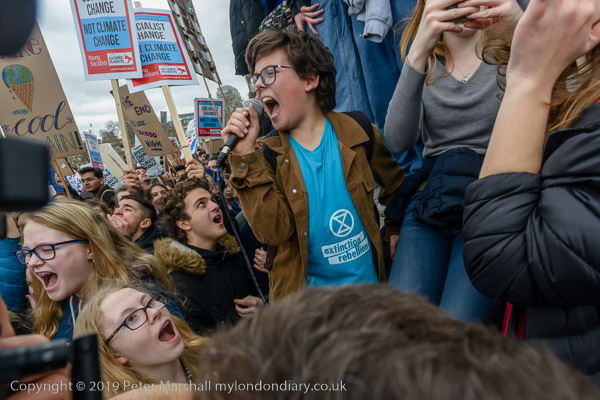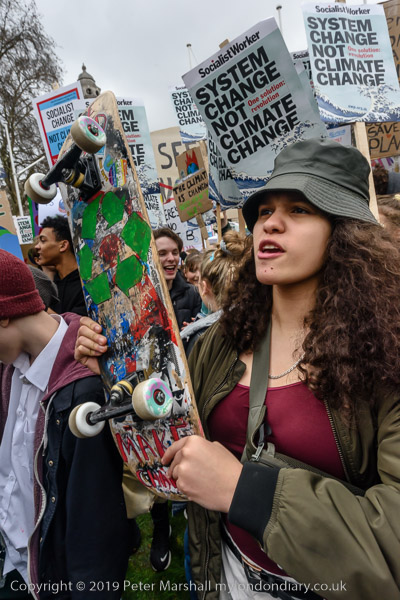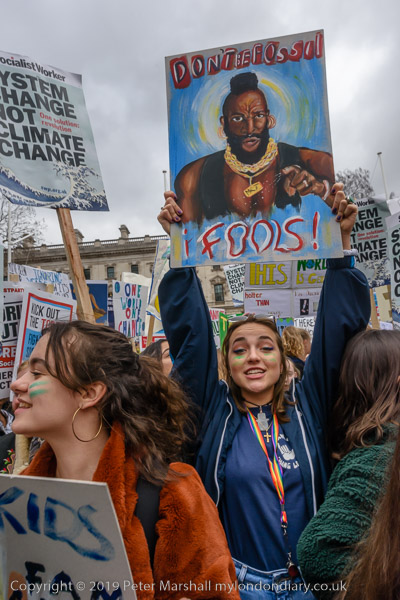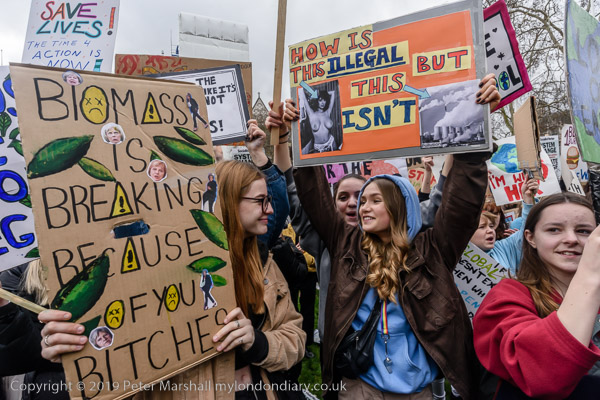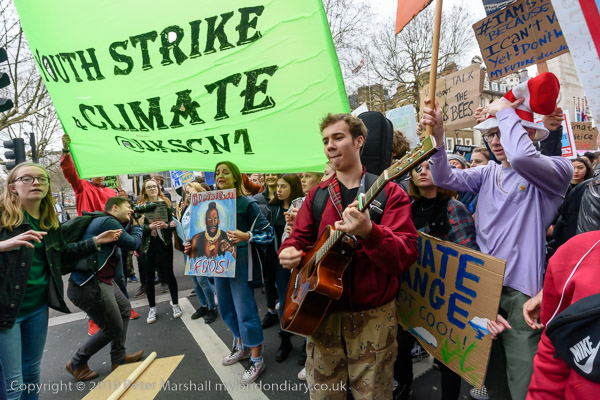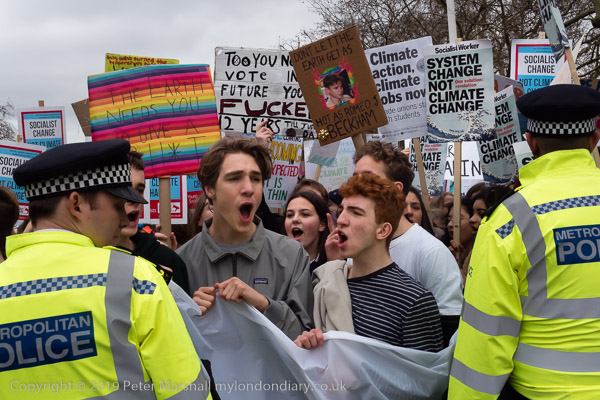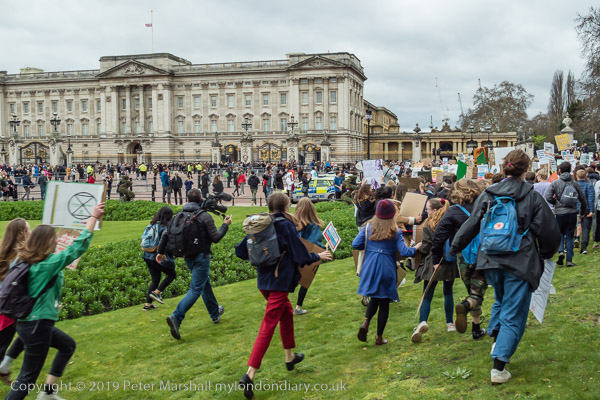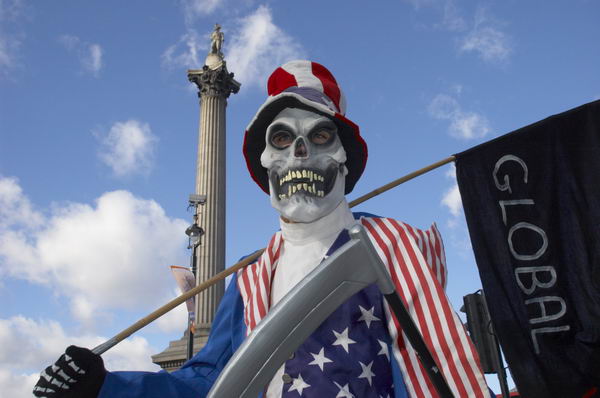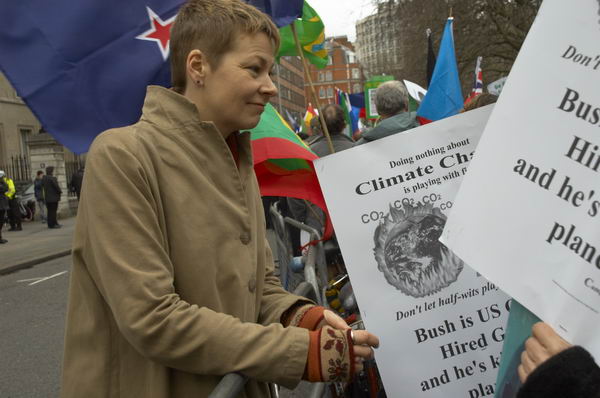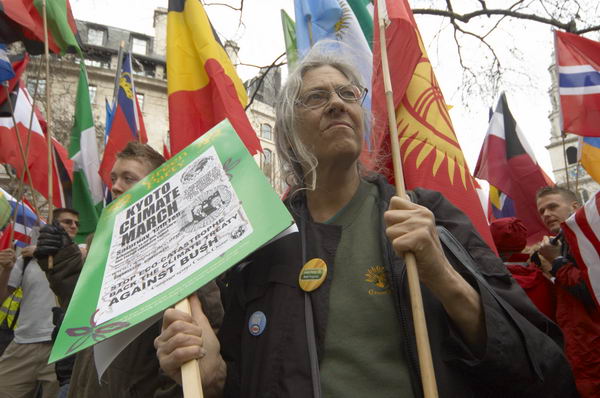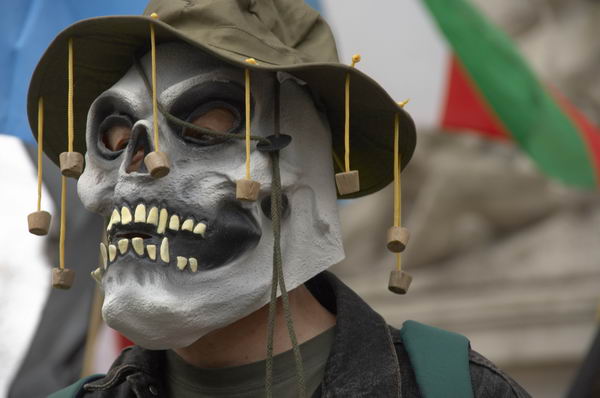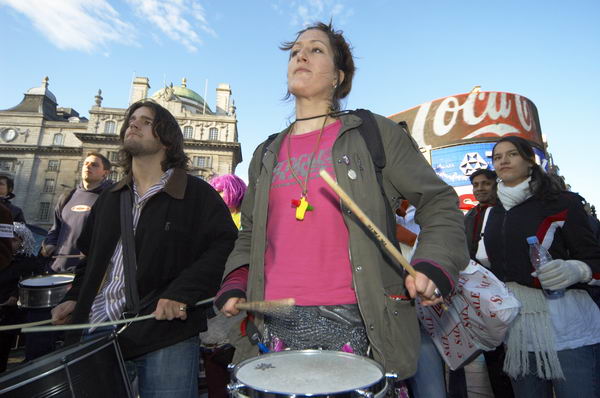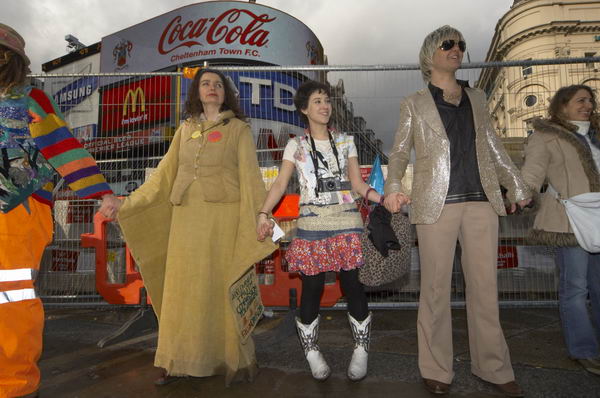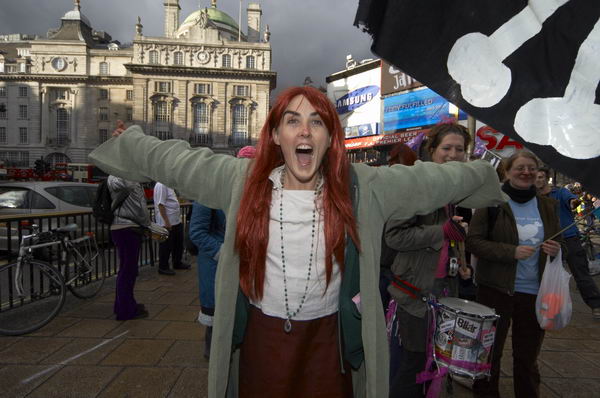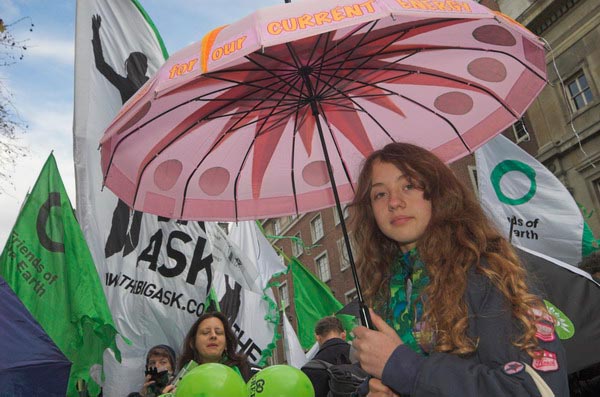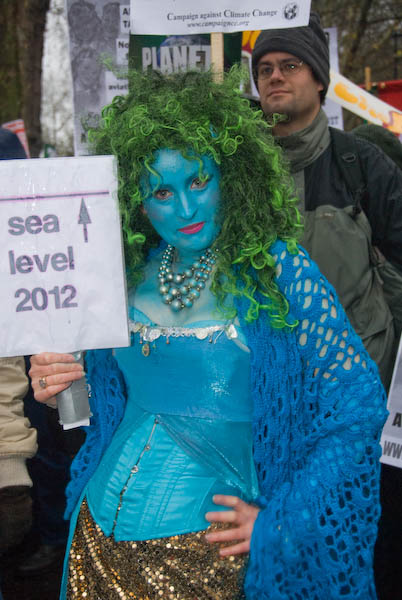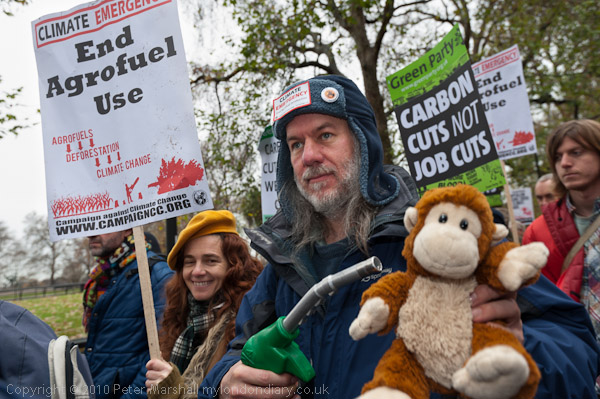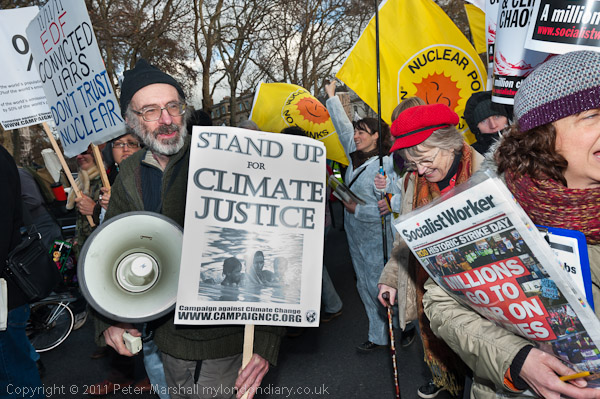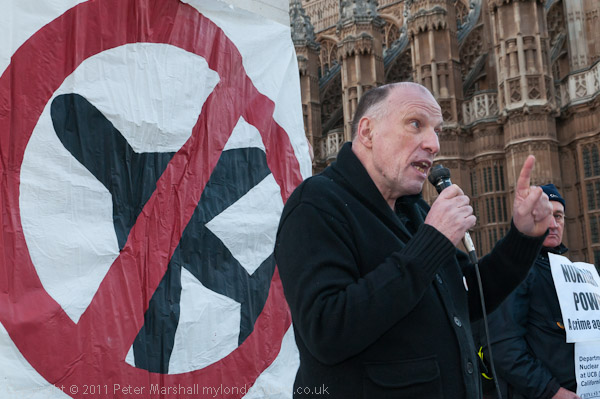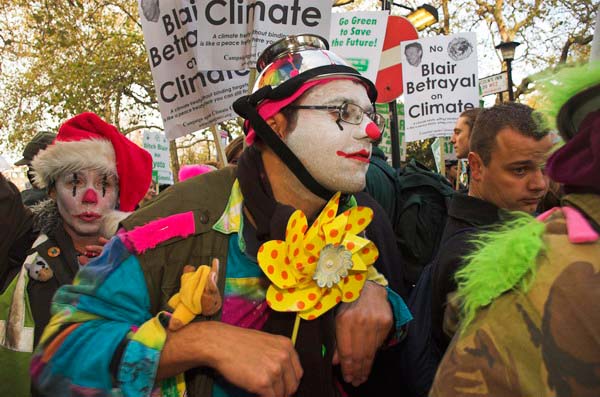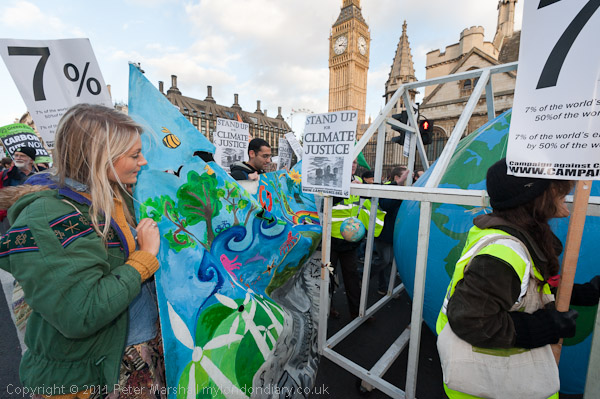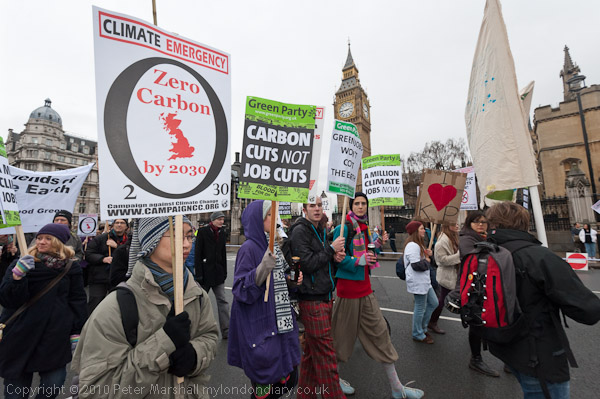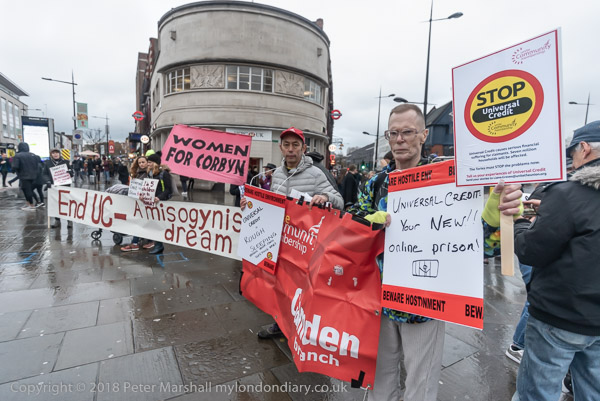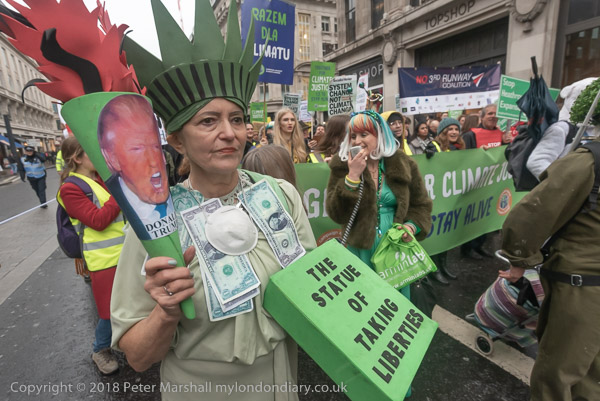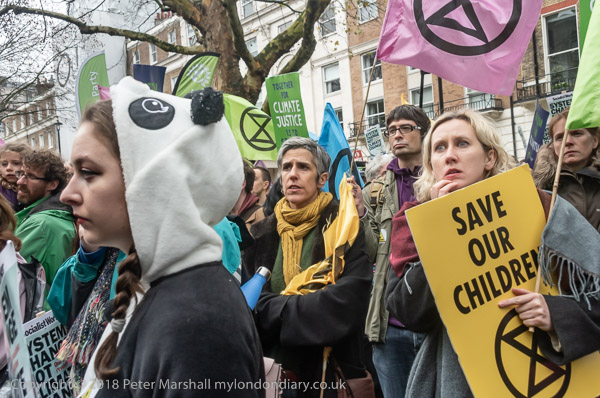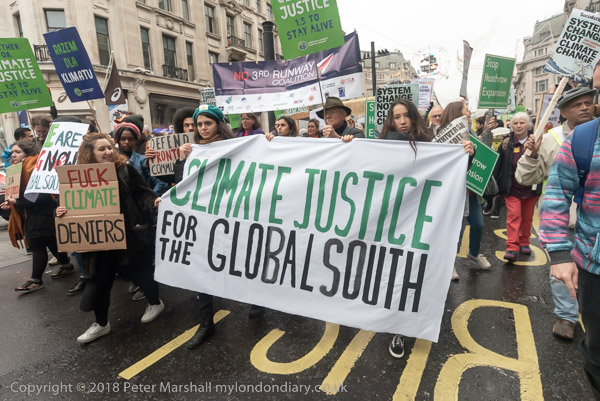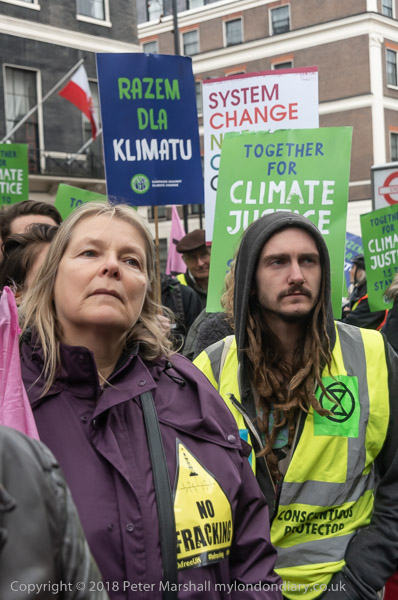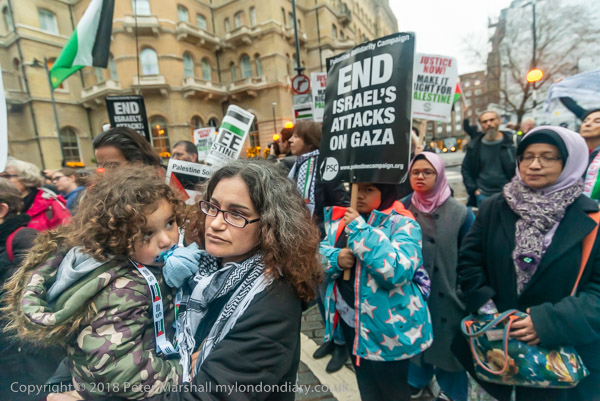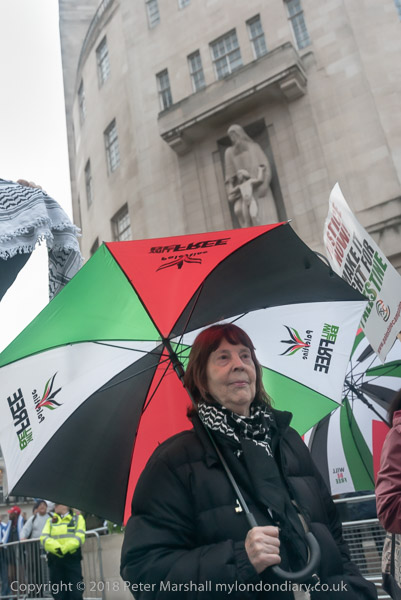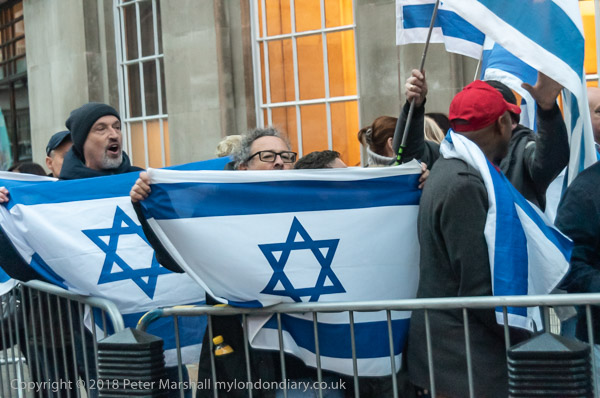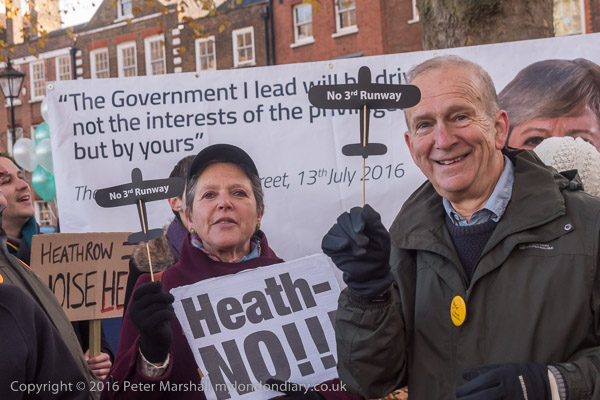
Post COP26 and the various official reports on the climate crisis it should now be clear to everyone that we need not to increase air traffic but to drastically reduce it if we are to succeed in limiting the global temperature rise even to the highly damaging level of 1.5 degrees Celsius. But still those with large financial interests in aviation are wanting to continue with the expansion of aviation despite its contribution to ruining the world.
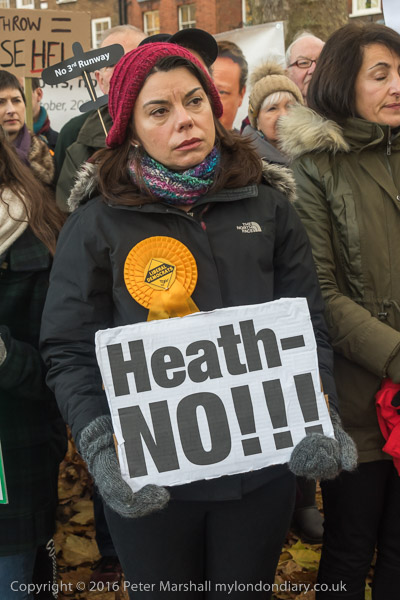
The environmental case against Heathrow expansion was clearly won when plans were dropped after years of campaigning against a third runway over the first decade of this century, but despite this our government was persuaded by the industry to change its policies and put the expansion back on the table.
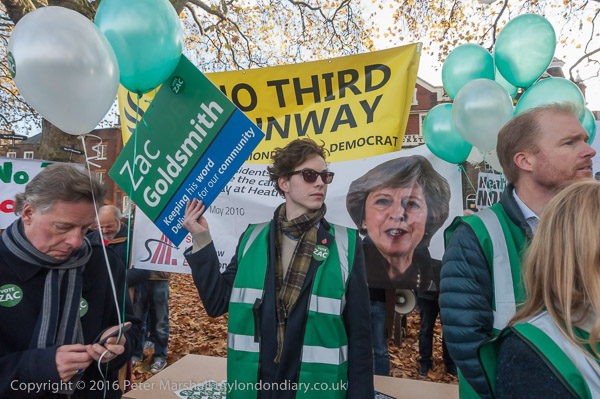
The case against Heathrow is of course even stronger than the case against air travel and air freight generally because of the location of the airport in the west of London. It was always in the wrong place, too close to the city centre and on the wrong side, with prevailing winds meaning aircraft approached over the city and the pollution from them being blown into it. Possibly even those who planned it during WW2 realised this when they avoided any real public debate by pretending the airport was needed for military use.
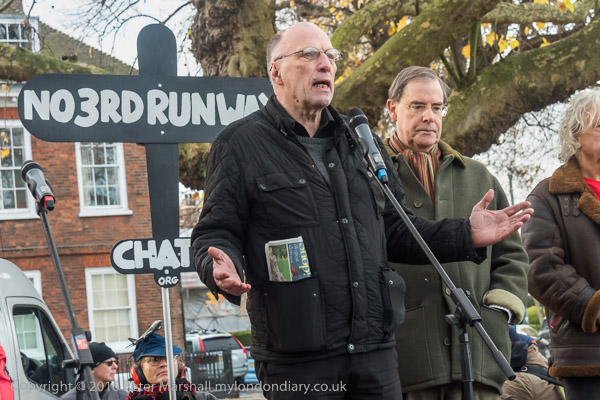
Back in the fifties when I grew up under the flightpath it was less of a nuisance as planes then were smaller and quieter, though we did on several occasions find small parts from them dropped in our garden but fortunately hitting nobody. But over the years noisier aircraft and more frequent landings have made things much worse – though fortunately I’ve moved to a quieter zone but still near Heathrow. The pollution is still with us, not just from the airport itself but also from the road traffic and congestion it generates in the motorways and roads around.
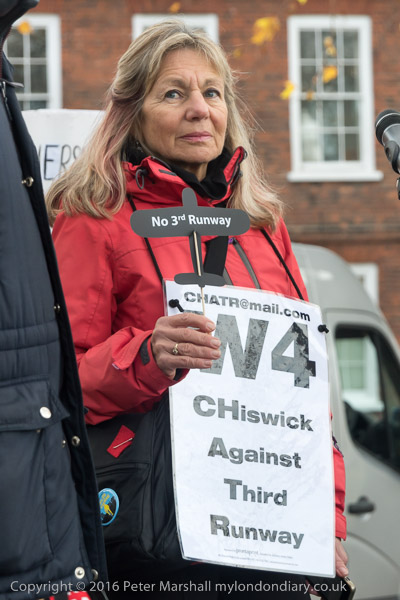
On Saturday 19th November I went to Richmond Green for a rally organised to support Zac Goldsmith who resigned to stand as an anti-Heathrow expansion candidate and supported by Richmond Heathrow Campaign, Teddington Action Group, SHE (Stop Heathrow Expansion), Residents Against Aircraft Noise (RAAN), Chiswick Against the Third Runway and others campaigning against the noise, pollution and catastrophic climate change the third runway and expansion of aviation would cause.
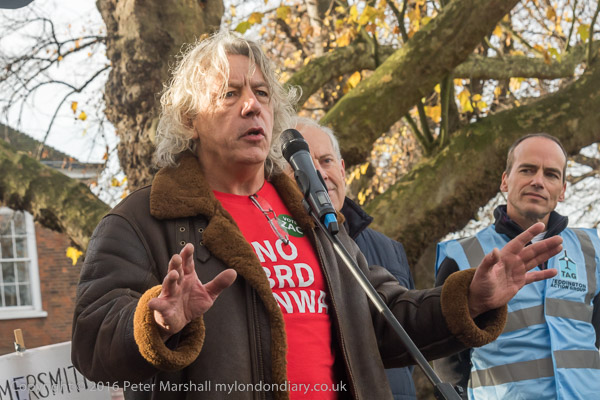
It was perhaps a strange decision by Goldsmith, as both Liberal Democrat and Labour candidates who he was standing against were also strongly opposed to another Heathrow runway, and many locals, particularly members of the Lib-Dems and Green Party were still aggreived at Goldsmith having taken the seat in 2010 from one of the most active campaigners against Heathrow expansion, Susan Kramer. But Goldsmith had resigned as a matter of principle when the government reneged on earlier promises and approved construction of the third runway the month before this protest. Goldsmith lost the election by a fairly narrow margin to the Lib-Dem candidate. Both Kramer and Goldsmith now sit in the House of Lords.
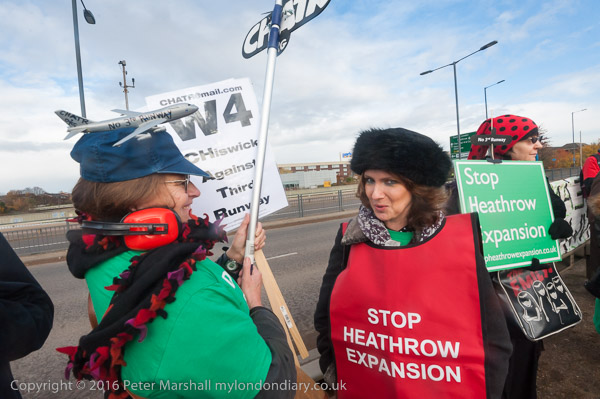
It was a strange protest too, though many of the real Heathrow campaigners were there and some spoke, and I was harassed by a member of Goldsmith’s team who followed me around and tried to stand in my way while taking pictures, telling me it was a private meeting. Eventually I had to ask a police officer to speak to him and get him to stop.
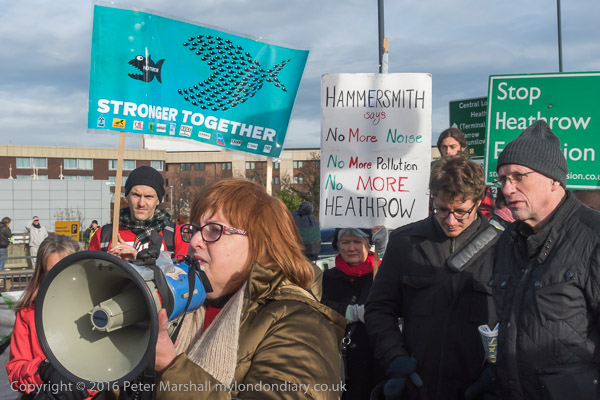
I left as speakers from various West London boroughs where coming to the microphone to make clear their opposition to Heathow expansion to rush to another protest on the issue on the Bath Road overlooking the airport. This was a ‘family friendly’ rally taking place at the same time as a short distance away Rising Up activists were blocking the link from the M4 into the airport – and police stopped me from going to photograph them.
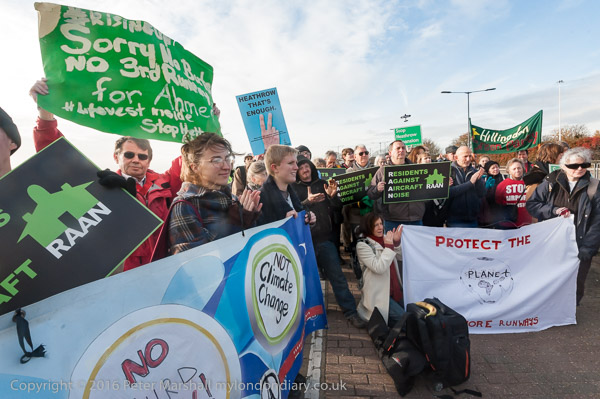
There was a large crowd of police at this peaceful and legal protest as well, although it seemed totally unnecessary; as I commented “it did seem a considerable waste of police resources, perhaps an attempt to intimidate the protesters. The police did behave in a friendly manner, though they did restrict the movement of protesters to an unnecessary extent.”
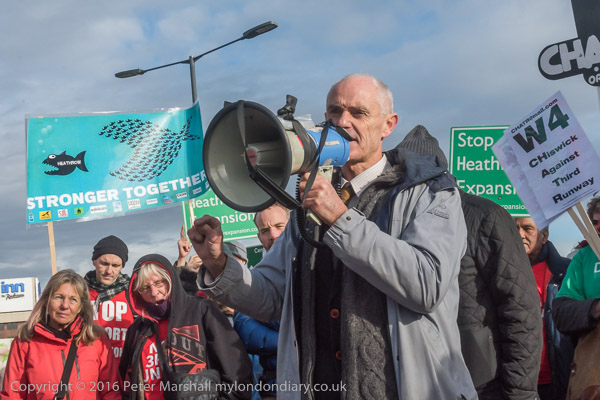
I had already heard several of the speakers earlier at Richmond, though Goldsmith and his Conservative supporters had not travelled here but were presumably busy campaigning in Richmond.
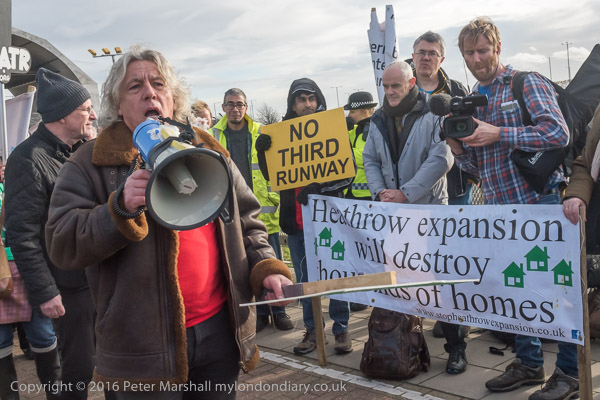
Here are the final three paragraphs of the acrount I wrote back then, still appropriate:
The main concerns of speakers were that expansion at Heathrow will cause the UK to break its own national laws to reduce emissions, as well as undermining the international climate commitments agreed in Paris, and that the new runway will devastate local communities with families losing their homes and many over a wider area suffering dangerous levels of air pollution. The construction of a new runway would create enormous problems across the area around the airport, and if completed would bring chaos to an already overstressed transport system in the whole region.
We need to totally rethink the aviation industry and evaluate the contribution it makes to our economy, and to remove its privileged status and subsidies which currently allow it to expand and pollute for the benefit of its shareholders and the convenience of rich frequent flyers. The industry greatly inflates the contribution it makes to the economy while refusing to acknowledge the many problems it creates.
Of course it isn’t something that can be looked at in isolation. We don’t just need to stop airport expansion, but to reassess much of they way we live. We need System Change if we are to avoid the disastrous effects of Climate Change.
Climate Crisis rally against Airport Expansion
Rally against Heathrow Expansion
